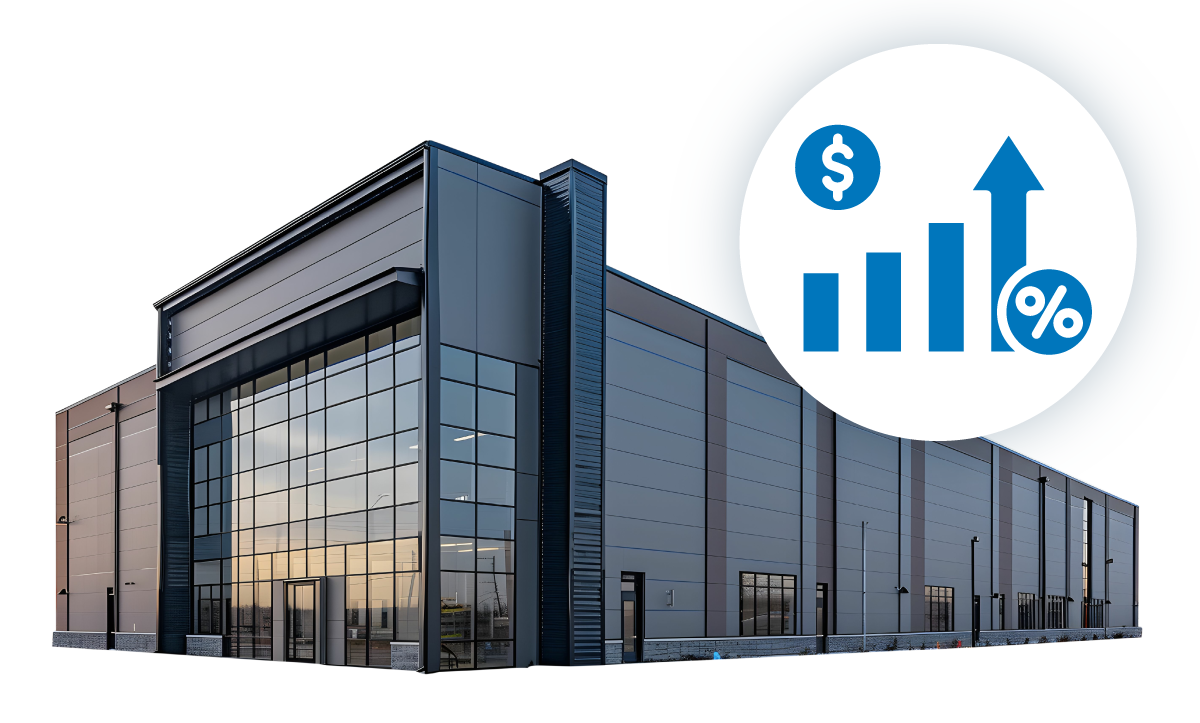
This is part 3 of our Thermostat Setback series. Previously we highlighted HVAC setbacks as a means of reducing energy consumption, validated by research highlighting the use of setbacks across a wide range of buildings and industries. Numerous research studies, including those conducted by the U.S. Department of Energy (DOE), have demonstrated that adjusting temperature setpoints during unoccupied periods reduces heating and cooling expenditures. However, despite this well-established potential, the simple and consistent implementation of setback strategies in light commercial buildings often presents challenges for building owners and facility managers.
This blog examines the common obstacles that hinder the widespread adoption of thermostat setbacks in light commercial buildings and explores how the integration of emerging technologies and modern thermostats can mitigate these challenges, enabling a more streamlined and optimized approach to energy savings.
Several practical and operational difficulties lead to thermostat setbacks not being used in light commercial buildings:

Conventional Thermostats: A significant portion of existing light commercial buildings rely on traditional programmable thermostats. These devices frequently offer limited and restrictive scheduling capabilities, which often makes configuration and adjustments cumbersome and time-intensive. This leads to simplified, less effective schedules or to abandoning setback programming.

Occupant Comfort and Variable Schedules: Light commercial spaces, especially some industries like retail, houses of worship, and restaurants, have variable occupancy patterns. Irregular operating hours, weekend events, or after-hours work can conflict with rigidly programmed setbacks, leading to occupant discomfort. In response, facility managers or occupants may manually override or disable setbacks to address immediate comfort needs without detection by management, inadvertently sacrificing long-term energy savings.

Scalability and Security: Unlike residential applications with one or two thermostats, light commercial buildings may involve multiple zones and HVAC units, requiring a more robust and scalable solution. Consumer-grade Wi-Fi thermostats often lack the capacity for seamless integration and centralized management of numerous devices across a commercial facility. This requires managing each thermostat individually, a time-consuming and inefficient process for a portfolio of devices. Furthermore, integrating these devices with existing building networks can raise cybersecurity vulnerabilities, networking challenges, and additional costs.

Synchronization and Granular Control: Effective setback strategies in multi-thermostat buildings require synchronization of thermostat schedules across the entire building or portfolio of buildings. Without this coordination, zones may operate inefficiently, leading to wasted energy as systems inadvertently work against each other. Variations in occupancy patterns and usage may also require granular thermostat setback control, which is often difficult to achieve with basic time-based programming.

Dynamic Environmental Conditions: HVAC systems in commercial buildings must respond to fluctuating external conditions. Inadequate consideration of factors such as rapid weather changes or extreme temperatures by static setback scheduling can compromise the system’s ability to effectively recover to occupied setpoints before occupants arrive. This can lead to occupant discomfort and a reluctance to employ aggressive setback strategies.

Lack of Visibility and Accountability: A significant challenge is the absence of real-time monitoring, reporting, and alerting systems for traditional thermostats. Facility managers often lack the tools to track when setbacks are overridden, disabled, or improperly configured. This lack of visibility obscures the impact of these changes on occupant comfort and energy consumption, hindering data-driven efforts to optimize and enforce setback policies.
Advancements in building technology offer innovative solutions to address these challenges and unlock the full potential of thermostat setbacks for any building:

The increasing availability of cost-effective easily deployable wireless sensor networks enables facility managers to gather detailed data on building conditions and HVAC performance without extensive wiring or disruptive installations.

A new generation of connected thermostat systems is emerging, specifically designed to meet the demands of light commercial buildings. These systems offer:

The data generated by these building systems from temperature and occupancy sensors to HVAC performance metrics provide the foundation for integrating Artificial Intelligence (AI) and Machine Learning (ML) algorithms into building management. These technologies enable building systems to move beyond static, scheduled setbacks to dynamic schedules and optimized energy reduction.
The adoption of thermostat setbacks in commercial buildings has been hindered by both technological limitations and operational challenges. The latest advancements in sensors, connectivity, and artificial intelligence offer compelling solutions for using setbacks to achieve significant energy savings. These new technologies allow building owners and facility managers to transition from static thermostats to dynamic data-driven setbacks without additional wiring or disruptive installations. This shift achieves substantial energy savings and ensures consistent occupant comfort while streamlining building and portfolio management. The evolution of AI and connected building systems enables greater levels of building automation and efficiency, positioning thermostat setbacks as the basis temperature controls for commercial buildings.
Unlock the full potential of thermostat setbacks for your building.